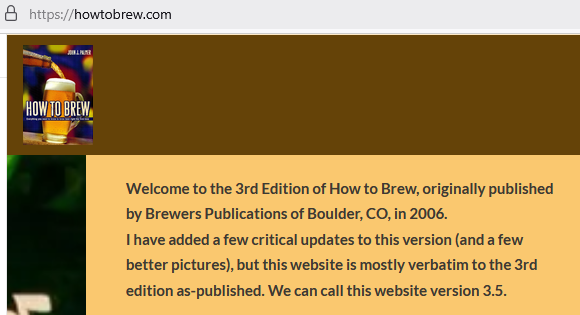So I have been brewing from kits since I began brewing last year. Never had a bad batch and thoroughly enjoyed them all.
I've always bought the Brewers Best kits and recently I've been thinking about just buying the ingredients myself. Since I don't need the bottle caps, the sugar, etc that always comes with the kits. I just need the hops, DME/LME, grains and yeast from the recipes. (Brewers Best display their recipes on their website, which I really do love about them too. It's great they're sharing what's in their kits so people can try and emulate them).
So two questions:
What places do you recommend for buying your ingredients in bulk? (I'm more than happy to buy enough for ten 5 gallon brew days or more at a time)
and can I substitute LME for DME when a recipe asks to use LME? As I've read that the shelf life on DME is better, so if I buy in bulk, it'll keep better than LME.
I've always bought the Brewers Best kits and recently I've been thinking about just buying the ingredients myself. Since I don't need the bottle caps, the sugar, etc that always comes with the kits. I just need the hops, DME/LME, grains and yeast from the recipes. (Brewers Best display their recipes on their website, which I really do love about them too. It's great they're sharing what's in their kits so people can try and emulate them).
So two questions:
What places do you recommend for buying your ingredients in bulk? (I'm more than happy to buy enough for ten 5 gallon brew days or more at a time)
and can I substitute LME for DME when a recipe asks to use LME? As I've read that the shelf life on DME is better, so if I buy in bulk, it'll keep better than LME.





































![Craft A Brew - Safale BE-256 Yeast - Fermentis - Belgian Ale Dry Yeast - For Belgian & Strong Ales - Ingredients for Home Brewing - Beer Making Supplies - [3 Pack]](https://m.media-amazon.com/images/I/51bcKEwQmWL._SL500_.jpg)





















